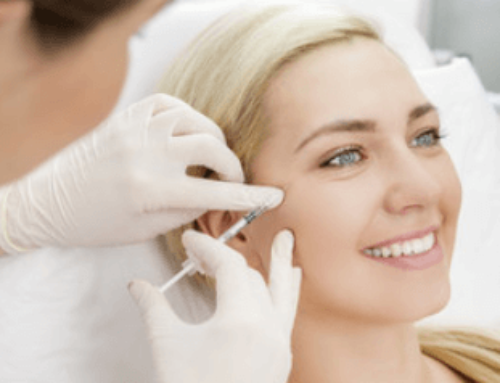Are you on the hunt for a topical cream that can actually improve cellular turnover, reduce the look of wrinkles, and even help fade scars?
Then it’s time to rediscover Retin-A.
If you had acne as a teenager or in your 20s, then you know that Retin-A is one of the preferred topical solutions for dermatologists looking to treat patients with moderate-to-severe acne. But if you thought it was just for acne, think again; Retin-A is quickly becoming the preferred prescription of choice for fighting signs of aging.

Why Retin-A is So Effective Against Aging Skin
Here’s why you might want to use Retin-A: it contains a prescription-strength retinoid that’s primarily responsible for helping your skin shed dead skin cells faster. As we age, cellular turnover begins to slow down, which is why skin starts to look dull, damaged, and older. Add in sun damage and environmental pollutants, and you have a recipe for a visage that looks older than your actual years.
Retin-A helps slow down that process by making it easier for the skin to shed itself, revealing the brighter and more youthful dermis hiding underneath. This means that over time and with consistent use, Retin-A can help:
- Clear up lingering breakouts
- Fade the appearance of scars
- Minimize wrinkles and fine lines
- Improve skin tone and texture
- Treat dry skin
- Fade hyperpigmentation
- And more!
While you’ll need a prescription to use Retin-A, it’s an incredibly easy way to introduce retinoids to your skincare regimen. You should begin to notice improvements in your skin tone and texture within eight to twelve weeks of consistent nightly Retin-A application. Be sure to wear sunscreen during this period, as your skin will be more sensitive to sunlight.
Take the Next Step
Want to learn if you could benefit from Retin-A? Schedule a consultation with board certified plastic surgeon Dr. Robert Aycock in Walnut Creek, CA (925)-937-8377 or Greenbrae, CA (415) 925-1700.
*Individual results may vary








